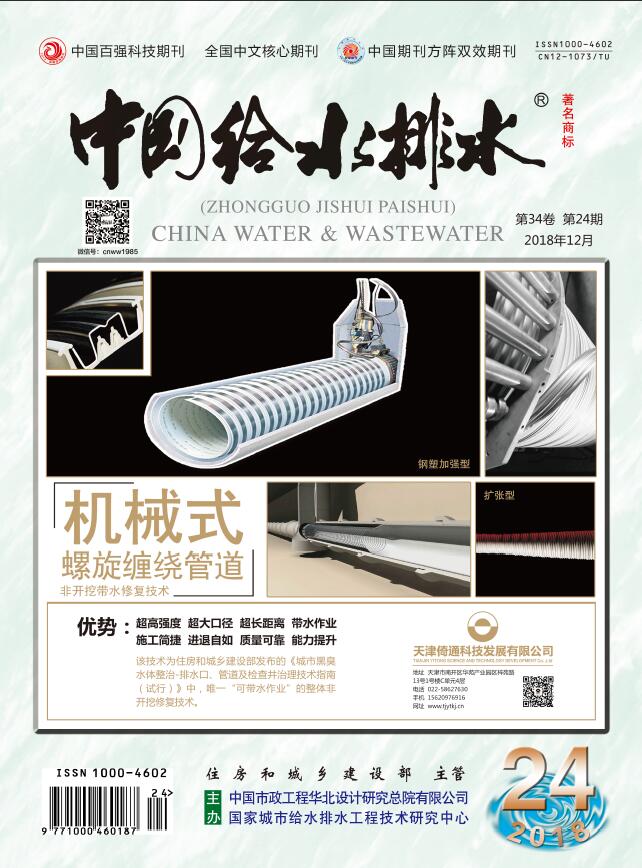LISong-bo,YINShun-chang,WANGXiao-yu,et al.Degradation of Rhodamine B Using Extended Filamentous Aerobic Granular Sludge[J].China Water & Wastewater,2025,41(13):33-39.
Degradation of Rhodamine B Using Extended Filamentous Aerobic Granular Sludge
China Water & Wastewater[ISSN:1000-4062/CN:12-1073/TU]
volume:
第41卷
Number:
第13期
Page:
33-39
Column:
Date of publication:
2025-07-01
- Keywords:
- extended filamentous bacteria; aerobic granular sludge; rhodamine B; organic matter removal
- Abstract:
- The performance of extended filamentous aerobic granular sludge (AGS) for degrading rhodamine B (RhB) was investigated in two identical sequencing batch reactors (SBR, R1 and R2). Both SBRs were inoculated with an identical quantity of dewatered sludge, and the extended filamentous AGS was successfully cultivated on day 30. In the control group R1, where RhB was not added, the excessive growth of filamentous bacteria could not be effectively controlled, leading to instability in the AGS system. R2 was supplemented with 5-15 mg/L of RhB from day 31 to day 70, effectively inhibiting the growth of filamentous bacteria, including Proteobacteria, Actinobacterota, and Chloroflexi. When the dosage of RhB reached 20 mg/L, R2 produced a significant amount of bubbles during the aeration process, leading to the loss of granular sludge through bubble overflow. This phenomenon negatively impacted the stable operation of AGS. Therefore, R2 immediately ceased the addition of RhB on day 71, allowing AGS to gradually recover and restore stable operation. Meanwhile, the removal efficiency of RhB in R2 was maintained within the range of 67.4% to 78.1%. This process was primarily driven by microbial adsorption, with microbial transformation also contributing but playing a secondary role. After the addition of RhB, the removal efficiency of COD was maintained at above 93.4%. In contrast, the removal efficiencies of NH4+-N and TP decreased significantly, dropping from 89.0% and 100.0% to 67.7% and 66.3%, respectively. The results of the microbial analysis demonstrated that the addition of RhB did not exert inhibitory effects on microorganisms involved in COD degradation, yet it significantly suppressed the microorganisms associated with N and P removal.
Last Update:
2025-07-01

